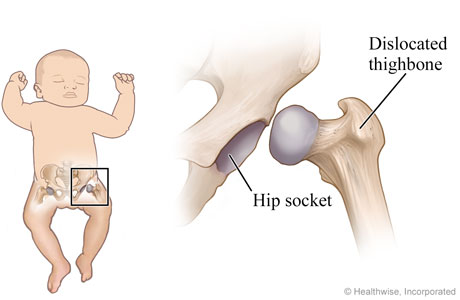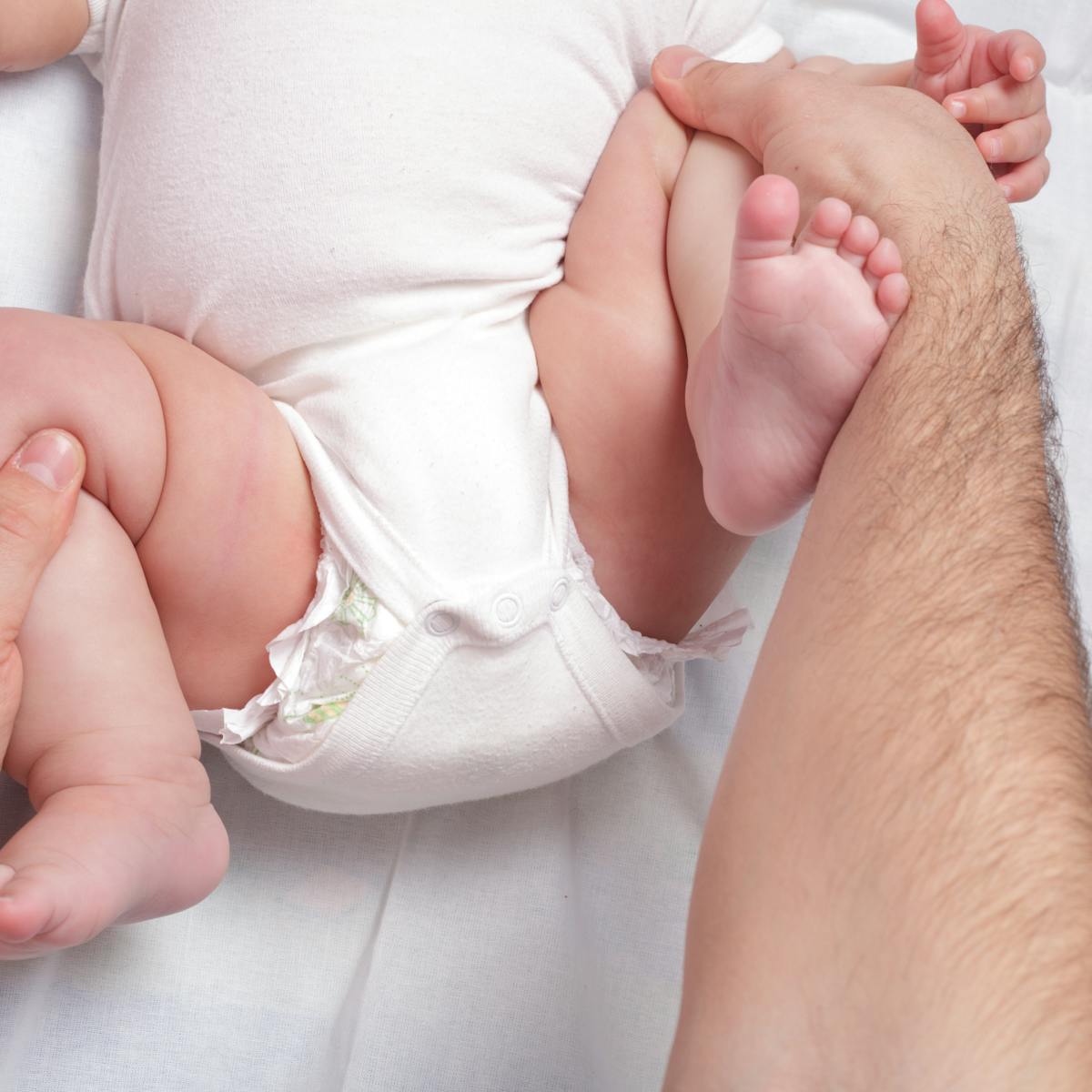do babies grow out of hip dysplasia
Skeletal dysplasia a grouping of disorders that affect how childrens bones grow. If treatment begins after 2 years hip deformity may persist and osteoarthritis may develop later in life.
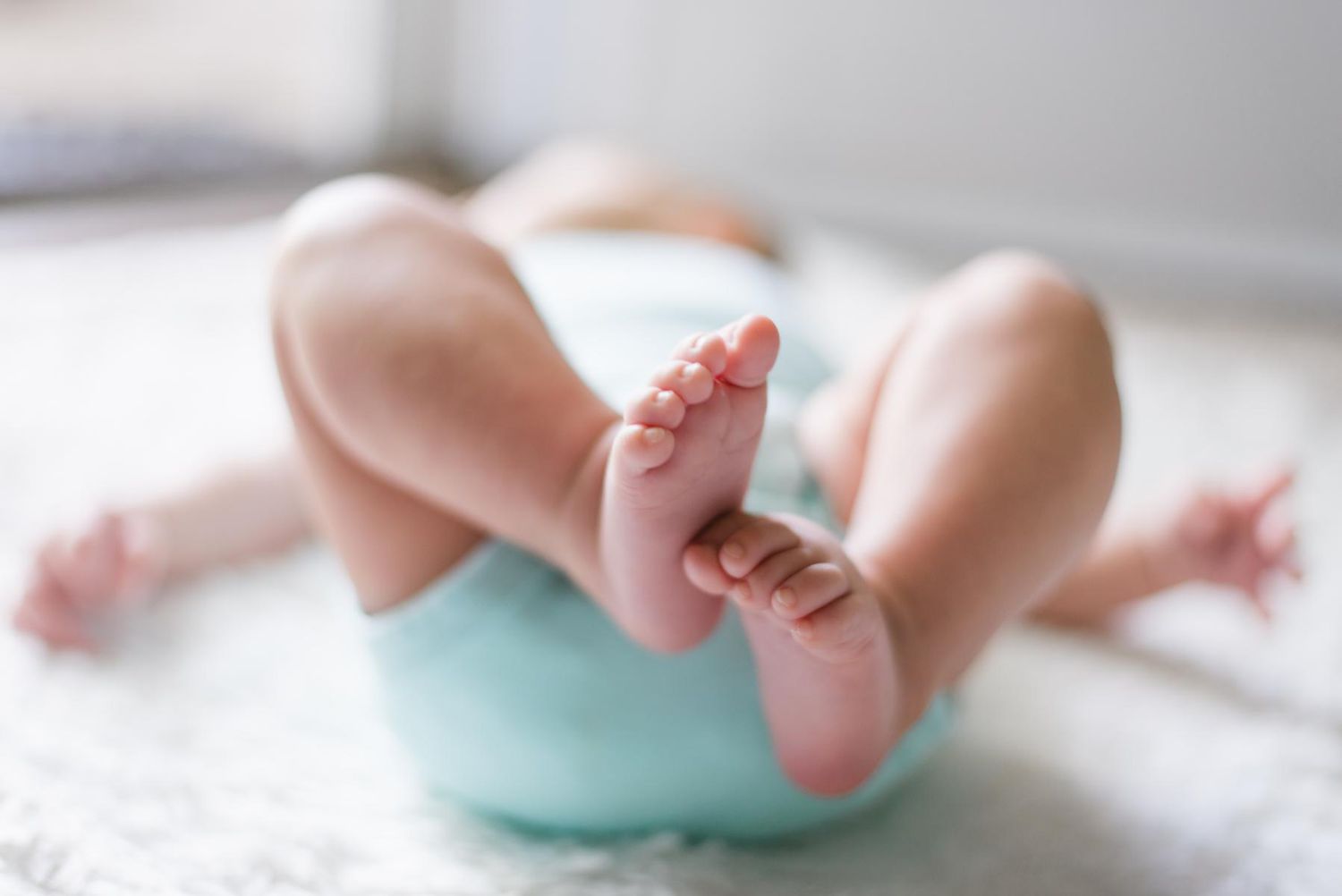
What Is Hip Dysplasia In Babies Causes Symptoms And Treatment Parents
Girls are 5 times more likely than boys to have congenital hip problems.
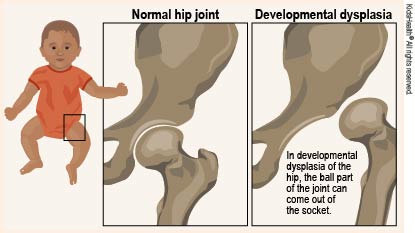
. People who undergo surgery live healthy lives without further hip pain. The risk of hip dysplasia is also higher in babies born in the breech position and in babies who are swaddled tightly with the hips and knees straight. Signs of developmental dysplasia of the hip can often be detected during a physical exam.
This abnormality can cause a painful hip and the early development of osteoarthritis a condition in which the articular cartilage in the joint wears away and bone rubs against bone. What is hip dysplasia. Sometimes the condition starts before the baby is born and sometimes it happens after birth as the child grows.
Hip dysplasia often needs surgical correction. Developmental dysplasia of the hip DDH is a problem with the way a babys hip joint forms. Most infants treated for DDH develop into active healthy kids and have no hip problems.
Initial treatment of hip dysplasia is using a special brace called a Pavlik harness. Adolescent hip dysplasia is usually the end result of developmental dysplasia of the hip DDH a condition that occurs at birth or in early childhood. Hip dysplasia in babies also known as developmental dysplasia of the hip DDH occurs when a babys hip socket acetabulum is too shallow to cover the head of the thighbone femoral head to fit properly.
Let your provider know if you notice any signs of hip dysplasia in your child like. But swaddling too tight with the legs straight can stress. Although having hip dysplasia may present some additional hurdles early on and plenty of doctors appointments your baby will likely grow out of the condition and go onto have a normal childhood.
And some kids wont have any symptoms at all. In fact in some babies hip looseness clears up on its own. This will hold the hip joint in place as the child grows.
Approximately 1 in 1000 children are born with an actual dislocation of the hip joint. It may affect one or both hips. Some babies have a.
Difficulty spreading their legs. This will help the hip develop normally. When babies are born their hip joints are a mixture of bone and soft cartilage which gradually hardens to bone over the first few months.
The hips are ball-and-socket joints. The deal with developmental dysplasia of the hip. However 1 to 2 of the population is born with some degree of dysplasia involving unstable hips.
How hip dysplasia is treated depends on your childs age and the severity of the condition. Children may be born with hip dysplasia or develop it in their early years. Your doctor may be able to feel the ball of the hip going in and out.
Your babys hips should develop normally after treatment. DDH ranges in severity. Signs and Symptoms of DDH.
It is often discovered during newborn screening. If hip dysplasia is picked up at birth your baby could wear a soft brace a Pavlik harness for 6 to 10 weeks. A Pavlik harness will not delay your babys development.
They can vary from mild to severe. When you picture the hip joint think of the ball of the end of the thigh bone or femur fitting into the socket or depression in the pelvis. These develop while a baby is still in the uterus as well as in early childhood.
This special brace usually is needed for a few months. Its sometimes called congenital dislocation of the hip or hip dysplasia. In babies with hip dysplasia the socket is too shallow which means the hip can become unstable or dislocate come out of the joint.
Over time the problem can lead to pain one leg thats shorter than the other and arthritis. Over time the body adapts to the correct position and the hip joint begins normal formation. Babies diagnosed early can usually wear a soft brace that holds the ball of the joint in the.
As experts who treat hip dysplasia in infants and children Duke pediatric orthopaedic surgeons recommend a treatment plan that helps your childs hips. Hip dysplasia may develop in a baby around the time of birth or during early childhood. If left untreated dysplasia can result in debilitating arthritis.
Does swaddling cause hip dysplasia. This deepening process continues for several years but shallow sockets may be diagnosed during adolescence or early adulthood and this is the stable type of hip dysplasia that is often called acetabular dysplasia. It can affect one hip or both.
The incidence rate also increases when there is a family history of the disorder. Skin folds are uneven on thighs or buttocks. Swaddling is commonly used to warm and comfort the baby.
After birth loose ligaments usually recover and the hip sockets rapidly become deeper during the first year of life. Waddling limping or walking on their toes. When the problem is found during the first 6 months of life the doctor will provide a harness to keep the legs apart frog-leg position.
Later in life hip dysplasia can damage the soft cartilage labrum that rims the socket portion of the hip joint. The hip joint attaches the thigh bone femur to the pelvis. Can Hip Dysplasia Be Cured.
Developmental dysplasia of the hip DDH is a condition where the ball and socket joint of the hip does not properly form in babies and young children. Hip dysplasia happens when a hip joint doesnt develop properly. Other symptoms you might notice can.
However if the condition isnt addressed hip dysplasia can damage the cartilage in the hip joint and increase the risk of osteoarthritis later in lifesomething that can be painful. The hip joint has two parts. Developmental dysplasia of the hip DDH also known as developmental pediatric dysplasia of the hip or hip dysplasia describes a spectrum of hip joint abnormalities that vary in severity from a complete dislocation of the hip joint to mild irregularities of the located hip joint.
Hip dysplasia tends to run in families and is more common in girls. Some babies will need an operation to put the femoral head back into its socket. Babies born with hip dysplasia have a shallow hip joint that can slip easily out of place.
What Happens in a Hip With Developmental Dysplasia. This harness places the hips in the proper position for normal hip development. The end of the thigh bone femoral head and the hollow socket acetabulum in the pelvis.
Sometimes hip dysplasia can develop later on. Hip dysplasia is likely to continue to cause symptoms until the deformity is surgically corrected. About 90 of newborns with hip dysplasia treated in a Pavlik harness will recover fully.
While hip dysplasia can improve as children grow more severe cases may require bracing or even surgery. Many healthcare providers will not initiate Pavlik harness treatment for several weeks after birth.

Hip Dysplasia In Babies Pregnancy Birth And Baby
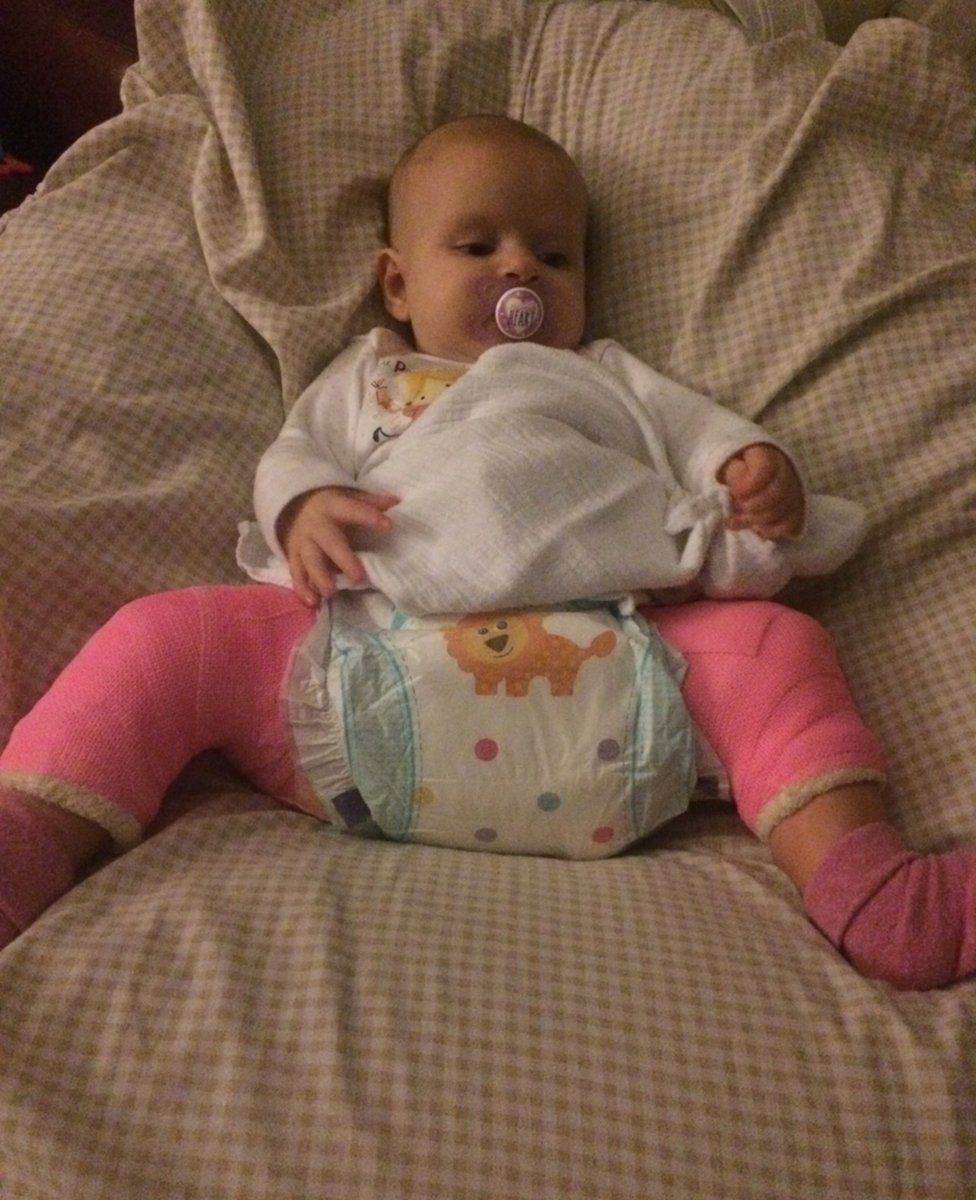
Hip Dysplasia Car Seat Online 54 Off Www Tritordeum Com
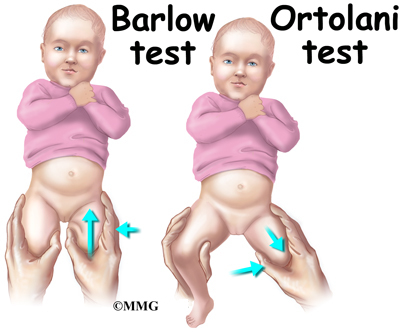
Developmental Dysplasia Of The Hip In Children Eorthopod Com

Baby Bjorn Carrier Hip Dysplasia Shop 58 Off Www Vetyvet Com

Hip Developmental Dysplasia Of The When Your Child Has
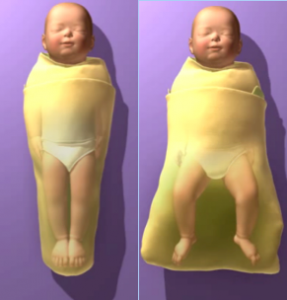
Faqs About Hip Dysplasia Healthy Hips Australiahealthy Hips Australia
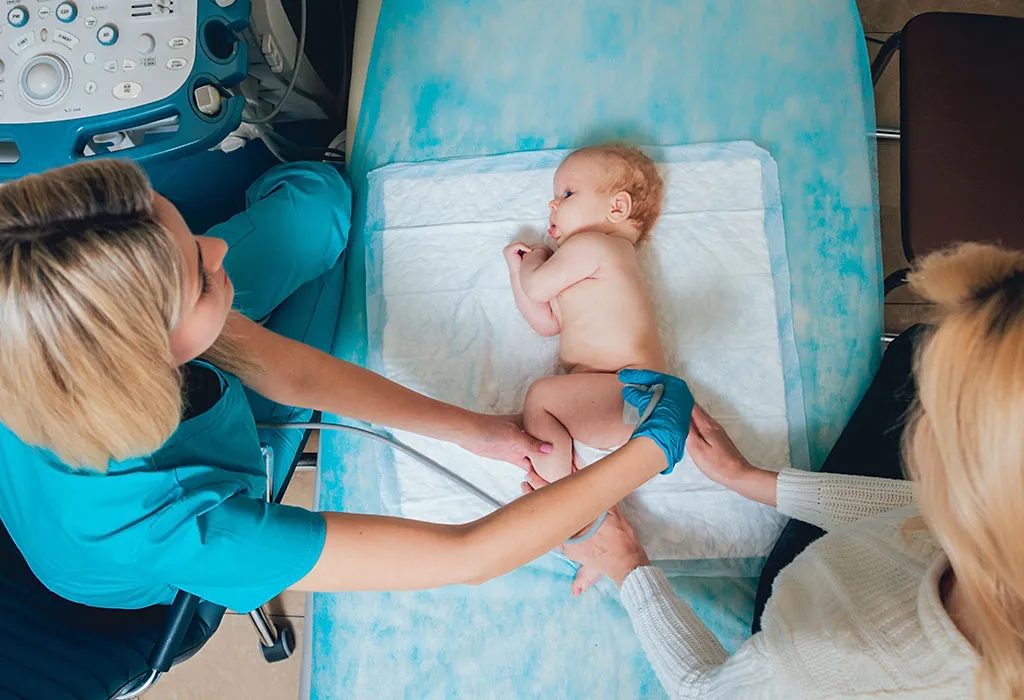
Hip Dysplasia In Infants Causes Signs Diagnosis Treatment

Developmental Dysplasia Of The Hip For Parents Nemours

Hip Dysplasia Can Go Undiagnosed Steps Charity Worldwide Facebook
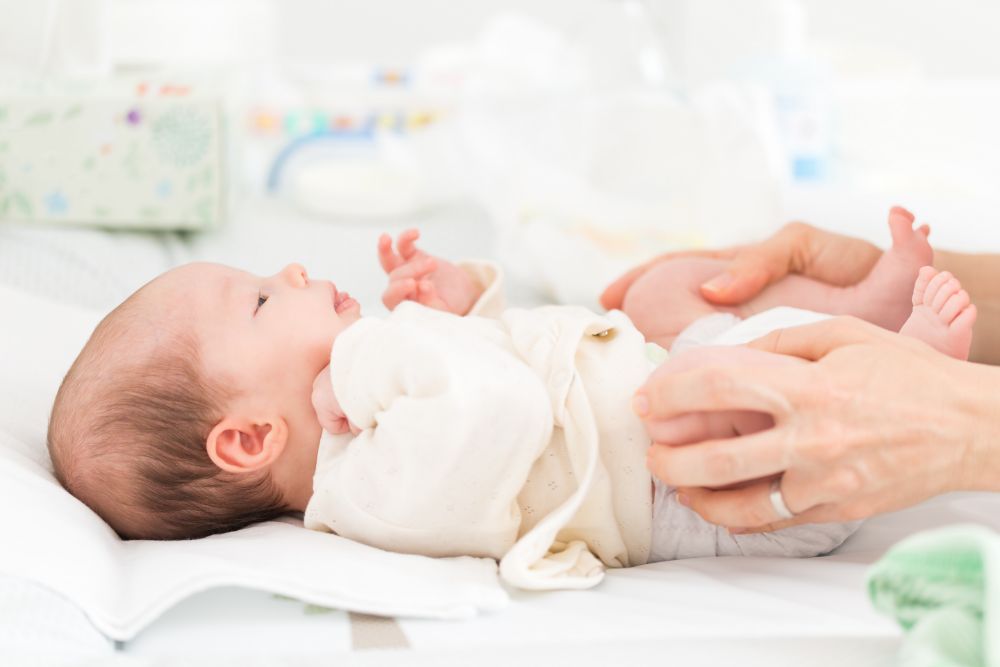
Baby Hip Dysplasia Causes Symptoms Treatments
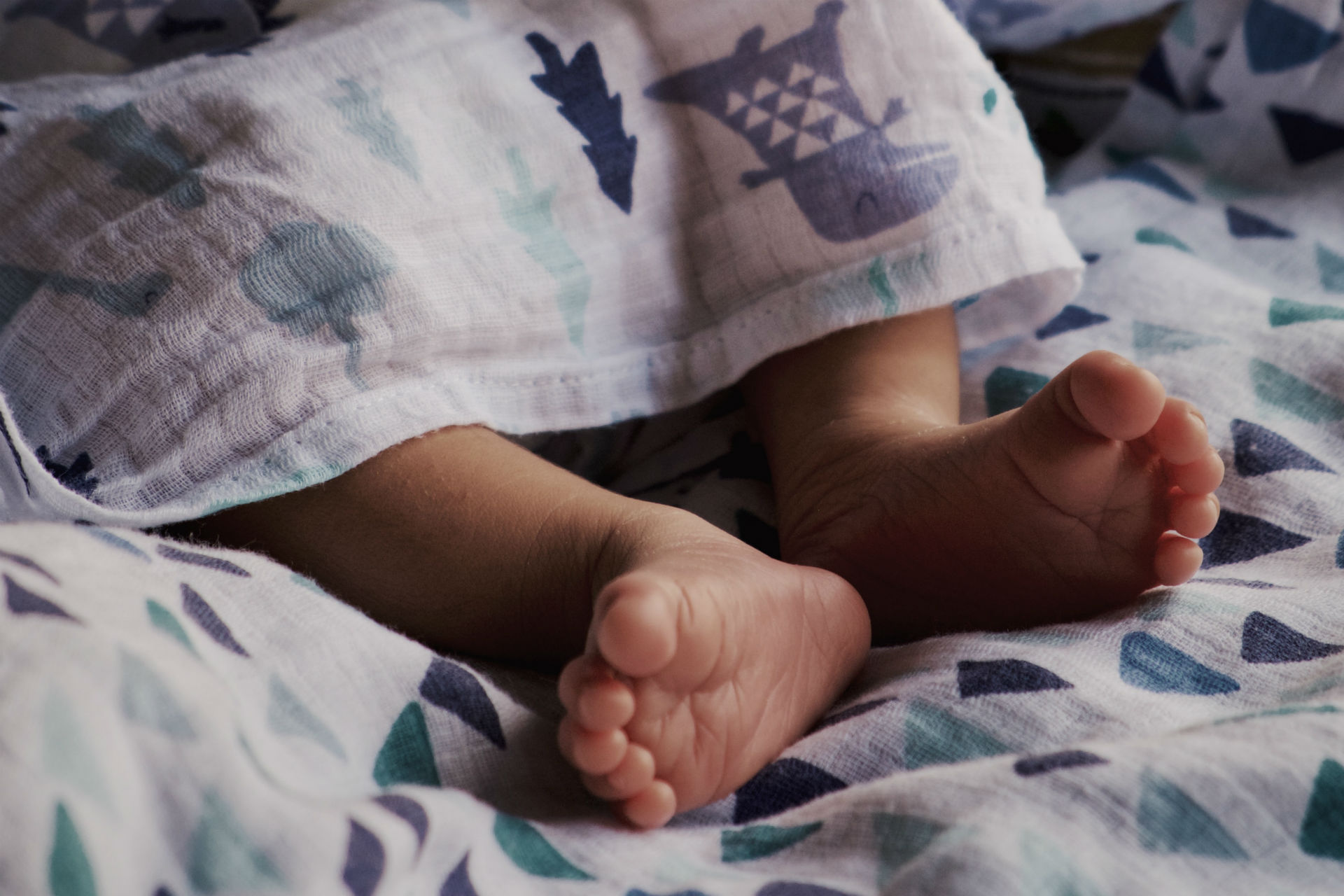
How To Prevent Hip Dysplasia Parentscanada
Hip Dysplasia In Infants Causes Signs Diagnosis Treatment

Developmental Dysplasia Of The Hip Boston Children S Hospital
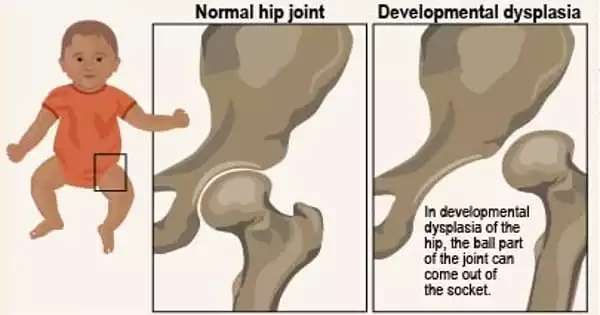
Infancy Hip Dysplasia Can Be Predicted Using Ultrasound Assignment Point
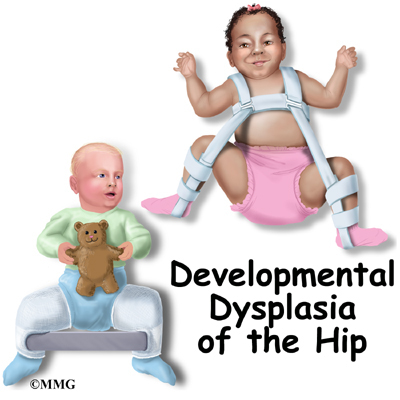
Developmental Dysplasia Of The Hip In Children Eorthopod Com

Tips For Infant Hip Dysplasia The Pavlik Harness The Diy Playbook

How To Prevent Hip Dysplasia In Babies Physical Therapy Center
